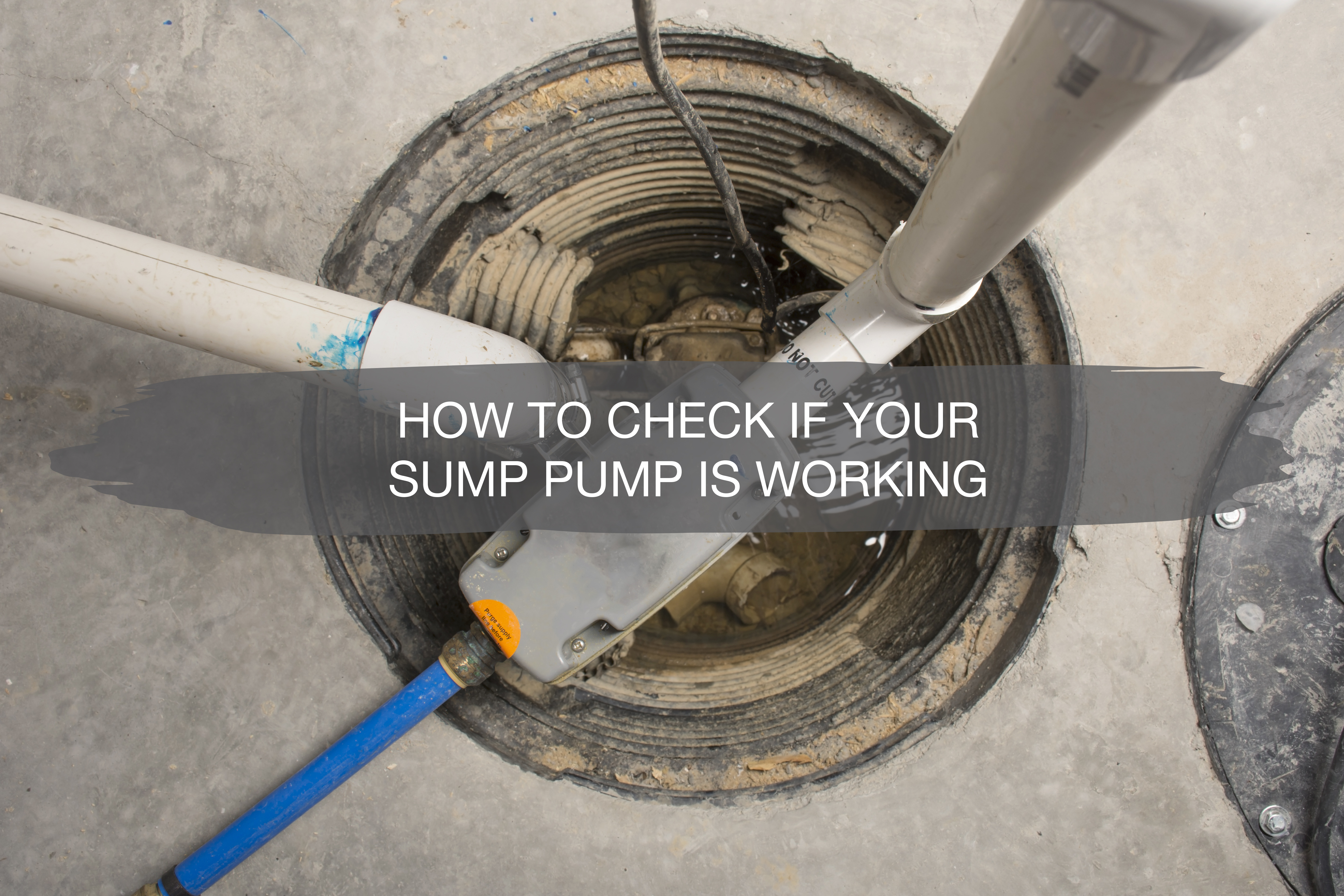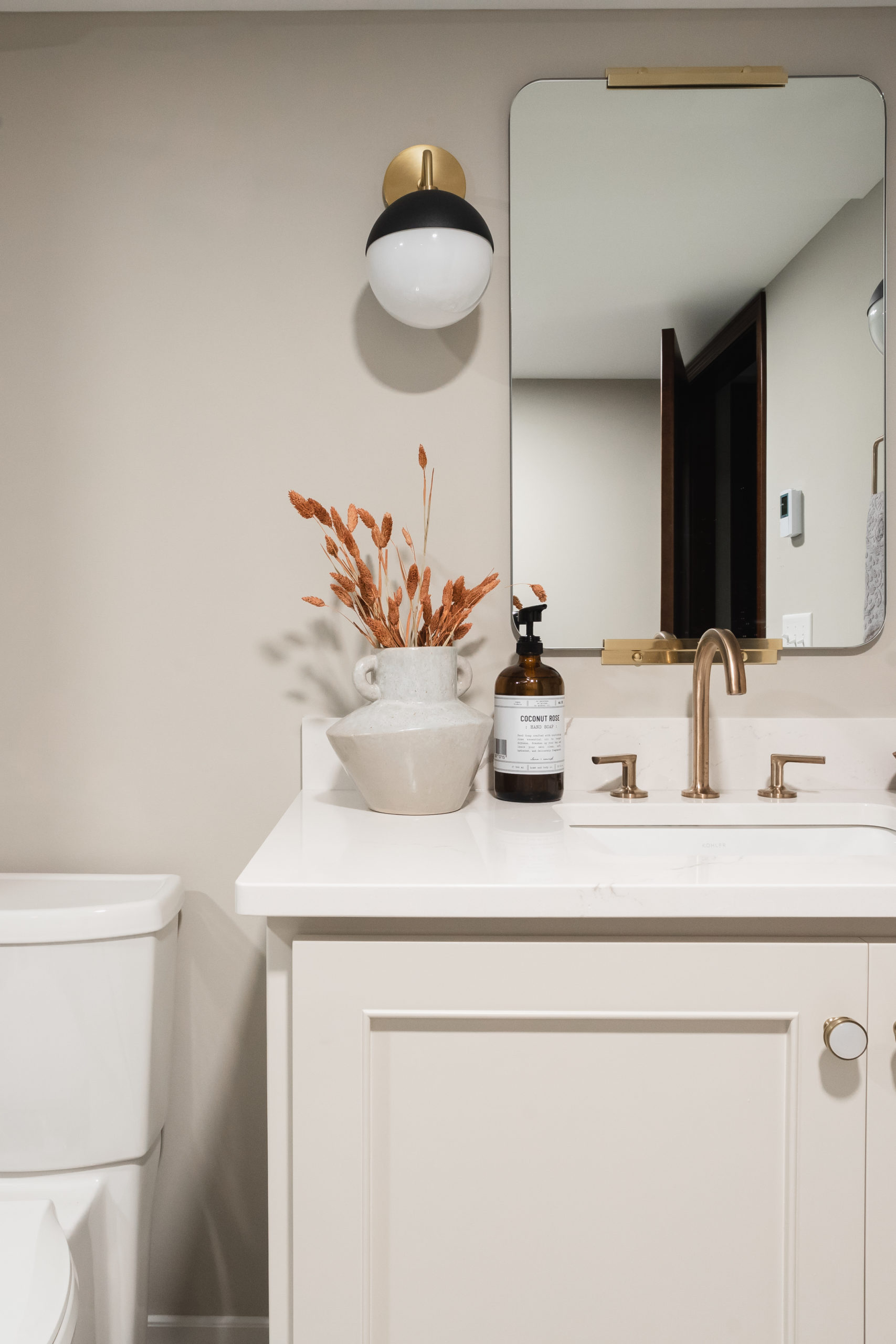
Sump pumps! We know them, we love them, we need them. Today I want to talk about function, maintenance, and prevention when it comes to sump pumps in your basement. Not ALL basements have one, but if you do, it’s important to know what you can do to make sure when you need it, it works properly. There is nothing worse than coming home to a failed sump pump and a flooded basement floor.

What Does a Sump Pump Do?
In the lowest part of your basement is a sump basin that manages and collects water levels as they ebb and flow during rainfall, winter melt, flooding, etc. The sump pump in that basin prevents flooding in your basement by pumping out any accumulated water in the basin. Its main purpose is to keep your basement dry and prevent standing water and mold growth. Under regular maintenance, sump pumps should last up to 10 years. There are some things you can do to test and maintain your pump’s performance and avoid sump pump failure.
Preventative Maintenance
Back-Up Battery – Installing a backup battery for your sump pump is one simple way of ensuring you don’t have a sump pump failure when your power goes out during a heavy storm. Now, some sump pumps will continue to run on reserve battery power in a temporary outage, but for prolonged electrical outages, it is very important to make sure you have a backup battery or power source to run the pump to avoid flooding and standing water.
Water Sensor – There are water sensor alarm systems you can set up in your sump basin or on the basement floor that will alert you via an alarm or app when it detects water. This can help prevent flooded basements or sump pumps. Many are now equipped with smartphone app capabilities and will send you a notification the second it senses water.
Annual Test – By testing your sump pump every year, you can work at preventing any mishaps during a time when it needs to be working. Check all the drain hoses and make sure they are intact and connected correctly. Then, it is as easy as filling the basin until the level needed to engage your sump pump. Check for leaks, and make sure it’s working properly. This will be your opportunity to do any preventative repairs and maintenance on it. If you live in an area with high flood risk, you may want to consider checking it every six months or so.
Winter-Proofing – One final thing is for those who live in areas where the winter temperatures drop below freezing. Thawing and unclogging, or removing the drain hoses altogether can help keep the hoses and your pump from being damaged. When the groundwater is frozen your risk of flooding in your sump pump is very low, so this is an opportune time to remove any parts of the pump at risk of freezing and re-attach them when the weather warms up.
If Your Pump Fails – If your pump does fail on you, and you find yourself with a flooded basement, there are a few things to do. Dry out your basement as quickly as you can, immediately removing all items that may have gotten wet. Mold can being growing within 48 hours, so it’s important to get valuables, rugs, and furniture out and dried as soon as you can. Put fans and a dehumidifier in the basement to ensure the basement gets completely dry, and no dampness remains. Lastly, Contact your local Service Master for a clean-up and/or damage assessment. They have some more tips on how to make sure your sump pump is working as it should here.


